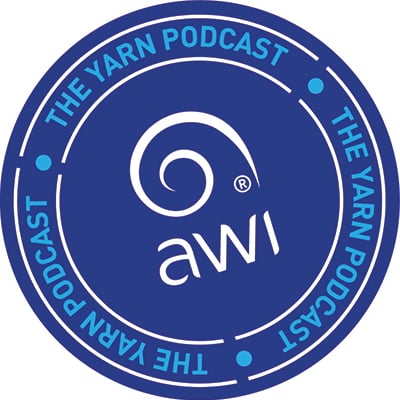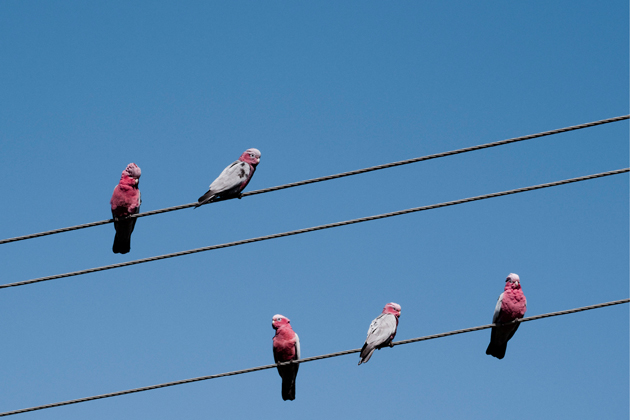Welcome to Australian Wool Innovation, a hub for the woolgrowers of Australia.
Not a woolgrower? Looking for information about wool products, wool care or wool processing?
The Woolmark Company is the global authority on wool. Visit Woolmark.com instead.
Managing Chemical Resistance

The development of insecticide resistance allows individual insects to survive an exposure to insecticide that would kill individuals from a ‘normal’ population, and the more frequent the exposure of an insect to insecticide the faster resistance will develop.
INSECTICIDE RESISTANCE
The development of insecticide resistance allows individual insects to survive an exposure to insecticide that would kill individuals from a ‘normal’ population, and the more frequent the exposure of an insect to insecticide the faster resistance will develop.
We know that resistance to chemicals is increasing and so it is important for woolgrowers to adopt chemical resistance management strategies. There are a number of management strategies that sheep producers can adopt to minimise the degree of resistance, or at least delay its development. Go here for access to information and resources that AWI has made available to growers or visit the FlyBoss webpage for more information.
- Adopt an integrated pest management strategy that incorporates non-chemical controls such as genetic selection and timing of shearing and crutching to reduce the reliance on chemicals.
- Only use insecticides when absolutely necessary.
- If treatment is needed, make sure it is applied effectively - do it right, once!
- Know which insecticides belong to which insecticide class. If treatments for lice and flystrike are deemed necessary, use different insecticides and appropriate classes for each pest. Use the FlyBoss tools to ensure that you are using different classes of chemical for flystrike and lice treatment.
- Use insecticides from different classes for treating and preventing flystrike. This is particularly important if relying on insecticides to kill larvae on flystruck sheep. It is important to break the cycle and ensure maggots on struck sheep do not survive. Non-insecticidal methods are more reliable than flystrike dressings for this purpose - dressings are mainly to prevent re-strike.
- Be aware that resistance to one insecticide may cause a cross-resistance to another related insecticide.
- As with all chemical treatments, follow the label directions and keep a record of the product (including batch number), dose rate, date of treatment and mob treated, for future reference.
For more information on insecticide resistance, visit the FlyBoss webpage.

Resisting resistance
Surveys are showing concerning levels of resistance to some flystrike prevention options.
Hear Dr Jane Littlejohn discuss options and where to from here.















